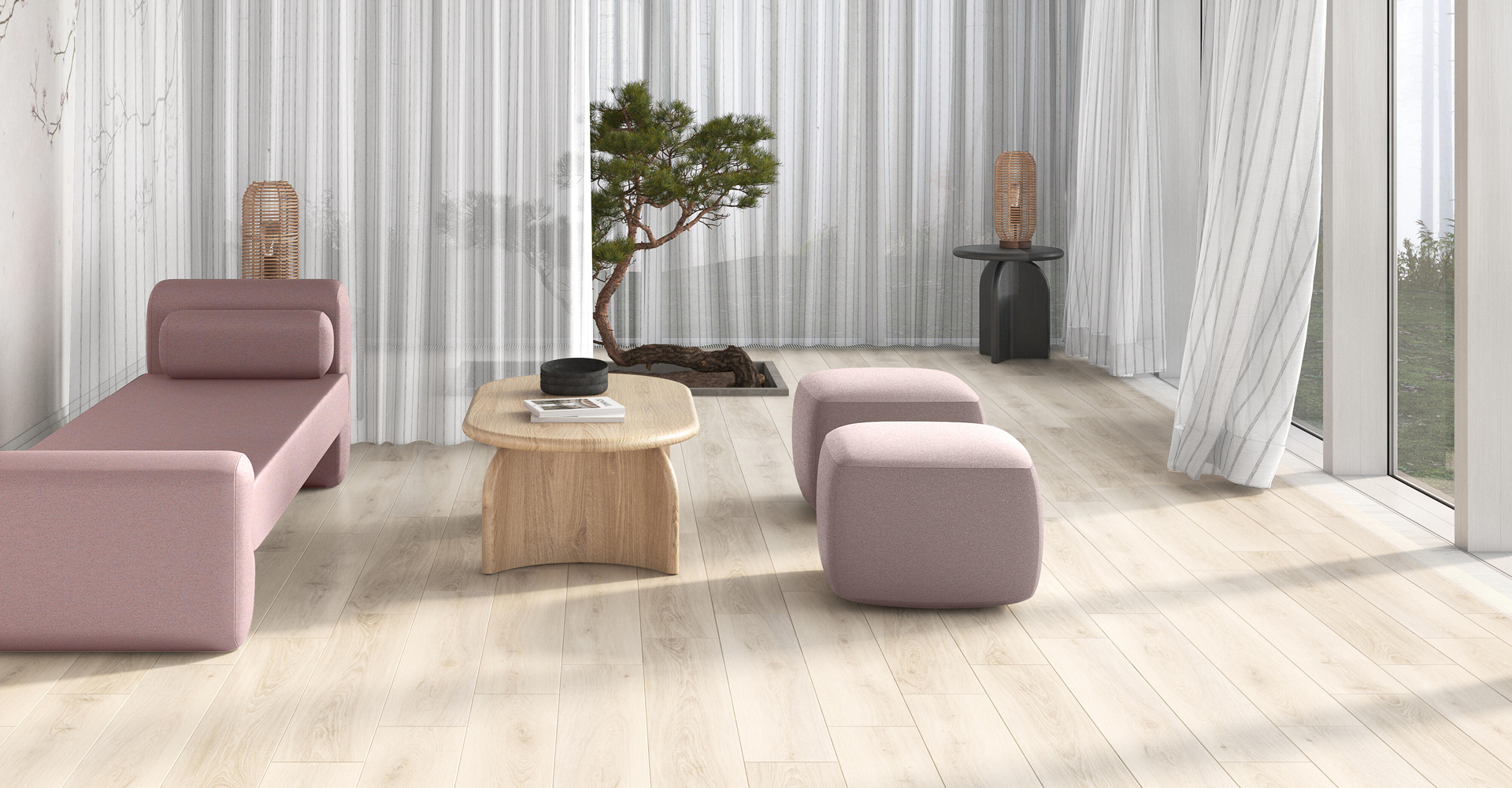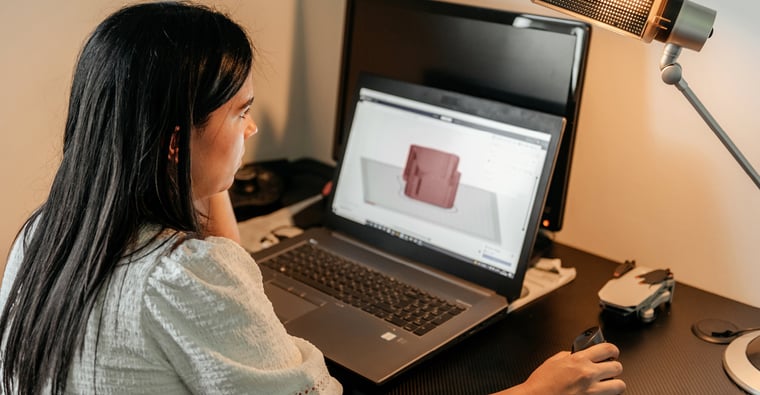
Exploring the future of digital fabrication for furniture
Published by Admin on
Oct 30, 2023 3:17:31 PM
In an era where technology is propelling industries toward innovation at an unprecedented pace, the furniture sector stands at the cusp of a remarkable transformation. The emergence of digital fabrication techniques is reshaping the landscape of furniture design, manufacturing, and marketing. As we peer into the crystal ball of technological progress, it becomes evident that the future holds not just a revolution in how we conceptualise furniture, but also in the materials and techniques that will underpin its creation.
Design unleashed: From imagination to reality
Digital fabrication is liberating furniture design from the confines of traditional manufacturing processes. With the advent of computer-aided design (CAD) software, 3D modelling tools and 3D fabric textures, designers are now empowered to experiment with shapes, forms, and intricate details that were once considered implausible. The fluidity of digital design allows for rapid prototyping and iterations, enabling designers to fine-tune their creations before sending them into production. This fusion of creativity and technology is catalysing the birth of furniture pieces that were previously relegated to the realm of dreams.
Precision engineering and manufacturing
The integration of digital fabrication techniques is poised to redefine the very essence of furniture manufacturing. Computer Numerical Control (CNC) machines, robotic arms, and 3D printers are becoming key players in the production process. These technologies bring unparalleled precision and consistency to the assembly line, eradicating human errors and minimising material waste. The customisation potential offered by digital fabrication means that bespoke furniture pieces can be crafted with ease, catering to individual preferences and spatial requirements. Designers can show potential designs with Twinbru’s 3D fabric textures so the client can see various upholstery options with accurate detail before production commences. This not only enhances customer satisfaction but also contributes to a more sustainable approach to production.

Market accessibility and personalisation
As digital fabrication democratises the design and manufacturing process, its impact on the furniture market is profound. Small-scale manufacturers and independent designers are finding newfound opportunities to showcase their creations on a global stage. Online platforms and marketplaces are bridging the gap between creators and consumers, enabling direct engagement and customisation. Customers can now actively participate in the design process, tailoring furniture to their tastes and needs. This shift in dynamics is not just altering how furniture is marketed, but also redefining the relationship between makers and buyers.

Materials of tomorrow: Unveiling new possibilities
The future of digital fabrication in furniture is intertwined with the evolution of materials. Traditional options like wood, metal, and fabric are being complemented by innovative substances born from technological advancements. Biodegradable polymers, graphene-infused materials, and even recycled elements are finding their way into furniture production. These materials offer enhanced durability, flexibility, and eco-friendliness, pushing the boundaries of design and functionality. As the synergy between technology and material science deepens, the furniture of tomorrow could be a manifestation of creativity married to sustainable innovation.
The path forward: Embracing change
As digital fabrication continues its ascendancy, the furniture industry must navigate its transformative waves with openness and adaptability. Designers, manufacturers, and consumers alike have the opportunity to shape the future of furniture by embracing technological progress. The challenges of upskilling, material exploration, and ethical production practices should be met head-on. In doing so, the furniture landscape can evolve into a realm where imagination knows no bounds, and where each piece of furniture embodies a fusion of artistry, engineering, and innovation.
The trajectory of the furniture industry is being charted by the rise of digital fabrication, introducing a paradigm shift in design, manufacturing, and marketing. As technology evolves, so do the materials and techniques that underpin furniture creation. The confluence of creativity and technology promises a future where furniture not only serves functional purposes but becomes a canvas for imagination and innovation, a testament to the ever-expanding horizons of human ingenuity. The journey ahead is exhilarating, and as we embrace the winds of change, we propel ourselves toward a new era of furniture design.
Tags:
3D Rendering,
3D Visualisation,
Furniture,
Manufacturing,
3D Fabric Textures,
Digital prototyping